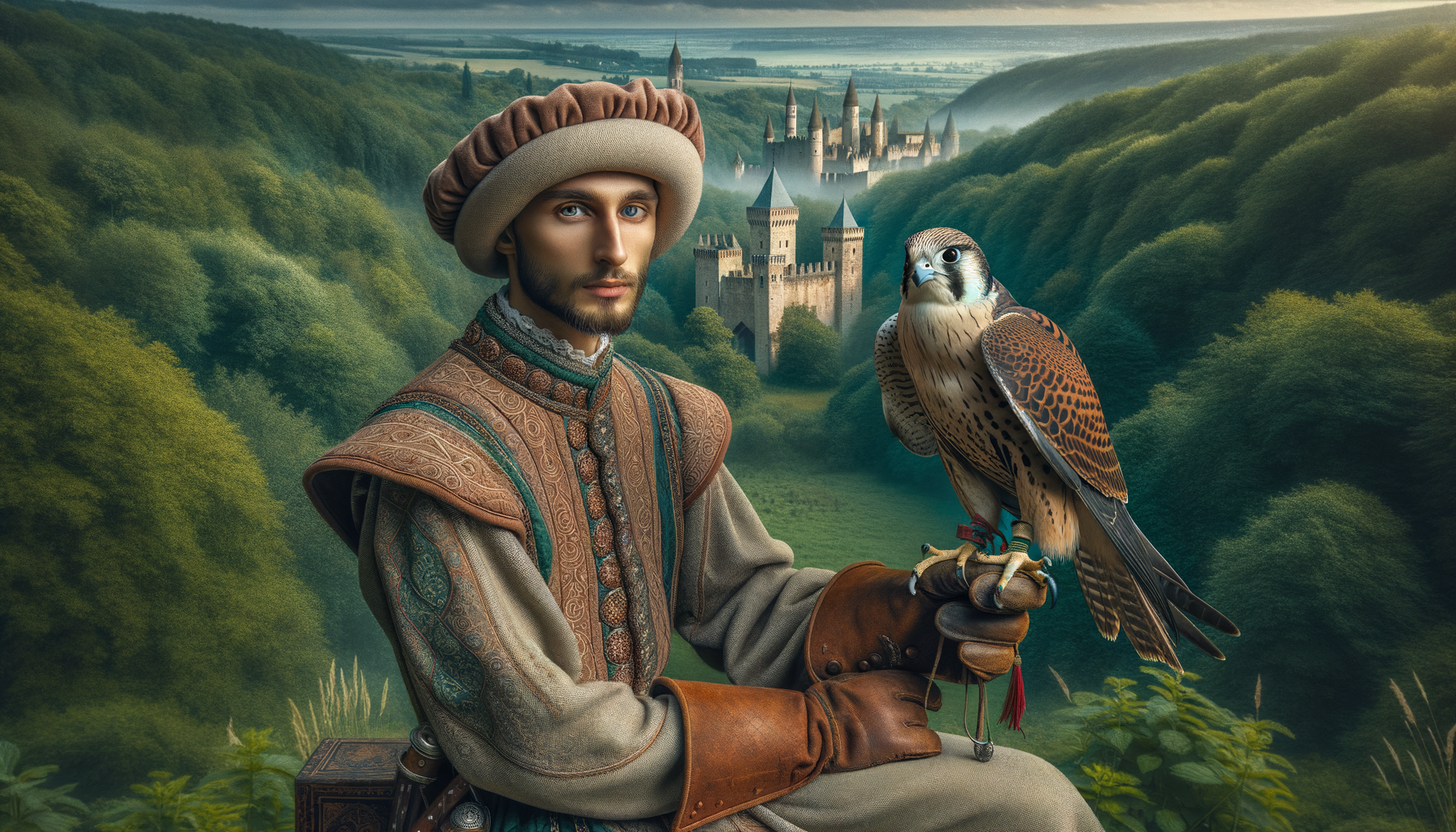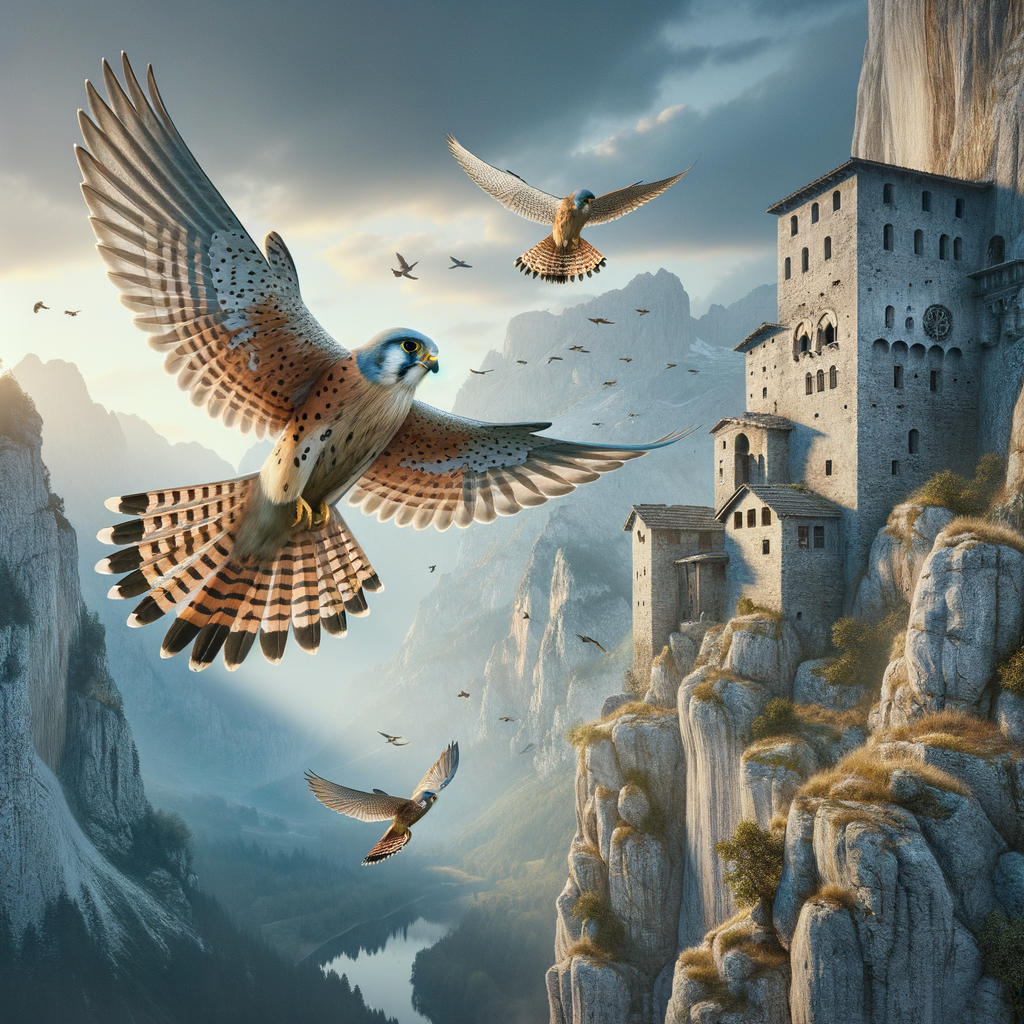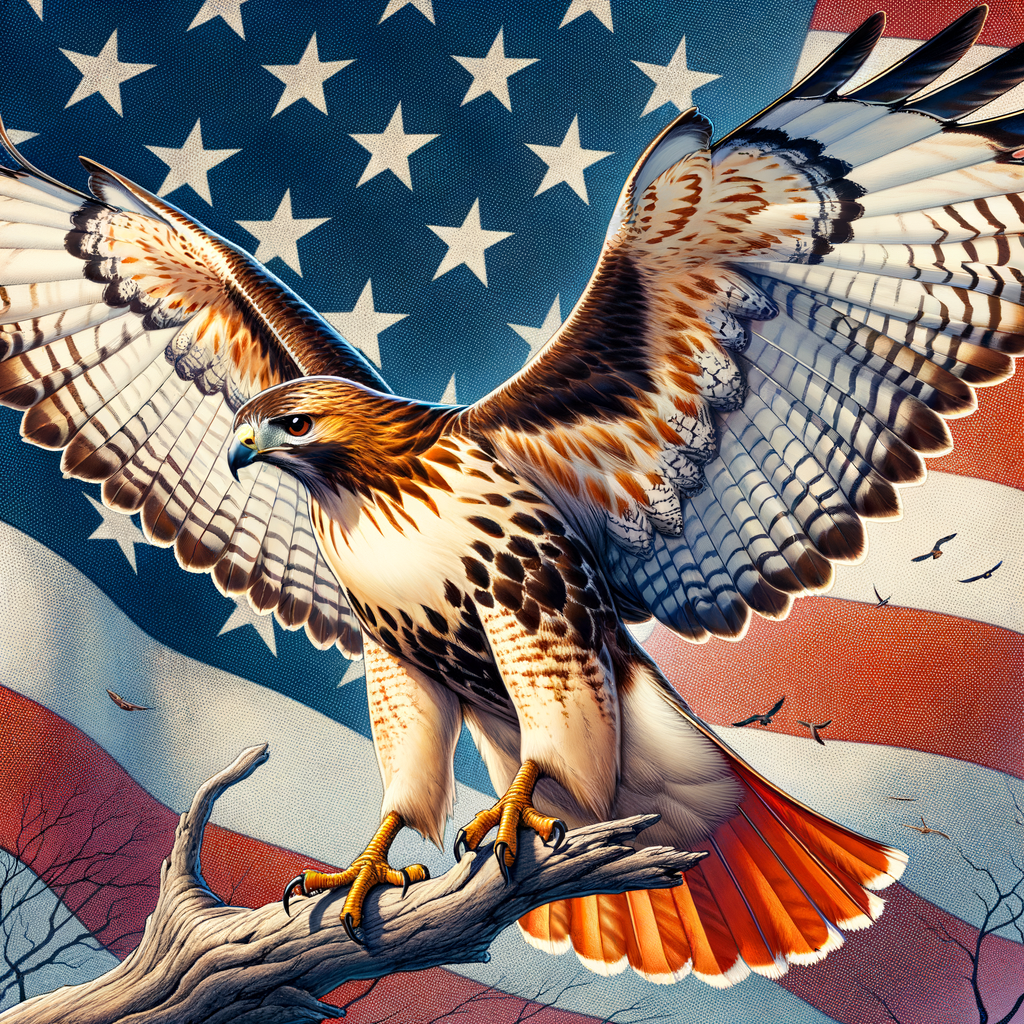Rediscovering the Art of Falconry
- Ancient Origins: Falconry dates back thousands of years and began as a hunting technique.
- Renaissance Revival: The art of falconry has seen a resurgence in modern times, highlighting its historical significance and cultural heritage.
- Educational Programs: Many organizations now offer classes to teach the skills and ethics of falconry to new enthusiasts.
- Conservation Efforts: Falconry plays an important role in bird conservation, helping to protect and rehabilitate raptor populations.
- Connection with Nature: Practicing falconry fosters a deeper connection with nature and encourages an appreciation for wildlife.
- Physical and Mental Skills: Falconry requires patience, precision, and a strong commitment, making it a fulfilling and enriching hobby.
- Community and Tradition: Join a global community of falconers who uphold the traditions and knowledge passed down through generations.
- Proper Equipment: Engaging in falconry necessitates specialized gear, such as gloves, hoods, and perches, to ensure the well-being of both the falconer and the bird.
Discovering the Falconry Renaissance: A Journey Through Time and Tradition
Imagine stepping into a charming Irish village where ancient traditions are as alive as the rolling green hills. Just like how Ireland preserves its rich cultural heritage with jigs and folk tales, the art of falconry is soaring back into the modern world with the same kind of passionate revival. Welcome to the Falconry Renaissance, where the ancient sport of hunting with birds of prey is experiencing an exciting new chapter.
At Learn Falconry, we invite you to embark on a captivating journey where history, nature, and adventure intertwine. Our mission? To breathe fresh life into this age-old practice, making it accessible and enjoyable for everyone, from curious beginners to seasoned enthusiasts.
In this article, we’re diving deep into the fascinating world of falconry. You’ll uncover why this timeless tradition has regained its wings and how it’s making a significant impact worldwide. So, grab a cup of tea, settle in, and let’s unravel the mystery and magic of the Falconry Renaissance together. Trust us, this is one story you won’t want to miss!
The Renaissance of Falconry: Exploring Historical Falconry Practices
Falconry has undergone various transformations throughout history, but perhaps one of its most fascinating periods was during the Renaissance. This era, often referred to as the Renaissance falconry period, was marked by an explosion of interest and refinement in the art of training falcons. Let’s dive into the rich details of historical falconry practices during this time.
The Golden Age of Falconry
The Renaissance was a time of great cultural and intellectual growth, and falconry was no exception. Royals and nobles throughout Europe were enchanted by the elegance and skill of trained raptors. Historical accounts show that falconry was not only a popular pastime but also a symbol of status and sophistication. To learn more about the long history of falconry, you can check out our detailed timeline of falconry.
Techniques and Tools of the Trade
One cannot discuss historical falconry practices without mentioning the specialized equipment that evolved. Falconers in the Renaissance used a variety of tools and techniques that are still in use today. These include:
- Hoods and Jesses: These essential items help control and secure the falcons. The different types of hoods were beautifully crafted to ensure the bird’s comfort and effectiveness.
- Lures and Bells: Training falcons often involved the use of lures to encourage hunting behavior, and bells to keep track of their location. Learn more about lures and bells used in falconry.
- Training Techniques: Renaissance falconers perfected methods that are still revered, such as the critical manning techniques, which help bond the falcon with its handler.
Famous Falconers of the Renaissance
During this period, several notable figures became synonymous with expert falconry. Many of these individuals were royalty who spent lavishly to maintain their falconry practices. The intricate details of their lives and how they influenced falconry can be explored in our segment on famous historical falconers.
Falconry in Art and Literature
Falconry’s elegance and skill inspired many artists and writers of the Renaissance. These depictions further cemented its prestige and allure among the elite. Artistic representations often showcased the grace of the birds and their handlers, emphasizing the deep connection and mutual respect between them. For a comprehensive look at these cultural pieces, explore our dedicated section on falconry in art and literature.
Preservation and Modern Influence
The techniques and equipment developed during the Renaissance still influence modern falconry practices. This rich heritage continues to inspire enthusiasts today. For those interested in understanding how these traditions are preserved, our article on preservation of falconry traditions offers valuable insights.
By learning about the Renaissance falconry period and historical falconry practices, modern falconers can appreciate the historical depth and cultural significance of their craft. To explore more about the evolution and the beauty of falconry through the ages, visit our comprehensive guide on the history of falconry.
Falconry in the Renaissance Era and Today
In the year 2024, the ancient art of falconry continues to thrive, blending historical practices with modern-day techniques. Here’s a comprehensive look at how falconry is celebrated and evolved, from Renaissance festivals to current conservation efforts.
Renowned Falconry Events in 2024
1. Central Coast Renaissance Festival
- Location: Central Coast, California
- Date: October 5th to November 24th, 2024 (Saturdays and Sundays)
- Activities: Watch thrilling flights of hawks, falcons, and owls soaring over the audience. There are training and care demonstrations, highlighting the skills involved in falconry.
2. Carolina Renaissance Festival
- Location: North Carolina, USA
- Date: October 5th to November 24th, 2024
- Shows: Daily falconry shows, featuring four spectacular performances where birds of prey perform breathtaking aerial acrobatics.
3. Spring Affaire Renaissance Day
- Location: TBD
- Date: February 10th, 2024
- Events: This special day includes various falconry demonstrations as part of the Renaissance celebrations.
4. Renaissance Festival in Tortosa, Spain
- Date: July 18th to July 21st, 2024
- Activities: Among the many cultural activities, a falconry show captivates audiences by demonstrating the hunting prowess of birds of prey.
Fascination with Falconry
During the Renaissance, falconry was more than a hobby; it was a symbol of status and power. Here’s how this majestic sport influenced society back then and continues to do so today.
| Aspect | Renaissance Era | Modern Day |
|---|---|---|
| Status Symbol | A pastime for the wealthy; falcons given as royal gifts | Enjoyed by enthusiasts; still considered prestigious |
| Training | Traditional skills passed down through generations | Incorporates GPS tracking and hybrid training methods |
| Tools | Hoods, jesses, gloves made from leather | Modern improvements in design for better comfort and safety |
High-Tech Meets Tradition
Falconry training methods have evolved significantly. Today’s falconers employ tools that would have seemed magical during the Renaissance.
Training Methods:
Modern falconers use GPS tracking to monitor their birds, ensuring safety and optimal performance. Various workout regimens like ES, HY, and RE help keep predators in top physical condition.
Equipment:
While traditional tools like hoods, jesses, and gloves are still used, their designs have improved for better comfort and efficiency. Today’s falconry accessories are a perfect blend of tradition and technology.
Conservation Efforts
Falconry plays an integral role in the conservation of birds of prey. Falconers collaborate with wildlife conservationists to rehabilitate injured birds and breed endangered species.
Rehabilitation and Breeding Programs:
Falconers contribute to breeding programs that aim to reintroduce species back into their natural habitats. Public education is a key element of their work, increasing awareness about the importance of bird conservation.
Conservation Data:
- Species Protected: Includes various hawks, eagles, and owls.
- Success Rates: Significant increases in the populations of once-endangered species.
Falconry Associations and Clubs
Various falconry clubs and associations around the world foster community and education about this ancient sport. They promote ethical practices and engage in conservation efforts.
Role of Associations:
- Provide platforms for knowledge sharing.
- Host festivals and competitions.
- Support wildlife conservation initiatives.
Historical Significance
Falconry has a rich history, dating back some 6,000 years. Today, it continues to be a revered cultural heritage, intertwining historical traditions with modern technology to maintain its relevance and sustainability.
Cultural Heritage:
In 2010, UNESCO recognized falconry as an Intangible Cultural Heritage of Humanity, highlighting its global importance and the commitment to preserving this ancient art form for future generations.
The Falconry Renaissance: Embracing Tradition and Modernity
Falconry has soared back into the spotlight recently, blending time-honored practices with modern advancements. The Renaissance festivals of 2024, like the Central Coast and Carolina events, not only showcase thrilling falconry performances but also reawaken a rich cultural tradition that dates back centuries. This ancient art, once a symbol of status among the elite, remains relevant today, partly due to its crucial role in bird conservation efforts and contemporary training methods.
Advancements in technology, such as GPS tracking and improved equipment, have made falconry safer and more effective, ensuring a harmonious experience for both the falconers and their majestic birds. Furthermore, falconry clubs and associations around the globe provide a sense of community and promote ethical practices, enriching this age-old sport with a modern twist.
Ultimately, the resurgence of falconry reflects a perfect blend of tradition and innovation. By preserving these historical practices while embracing new technologies, we continue to appreciate and support the intricate bond between humans and birds of prey.



